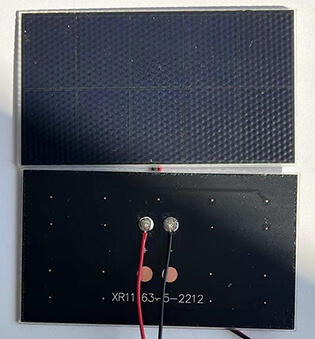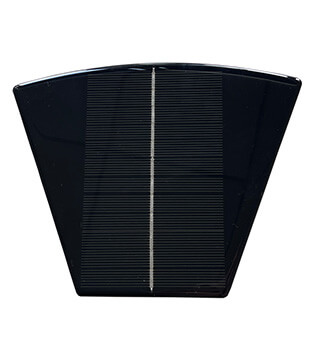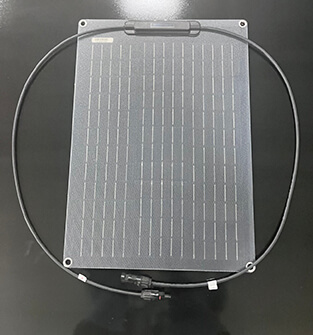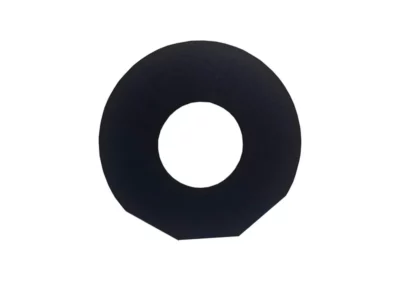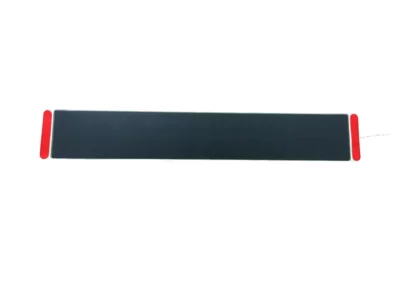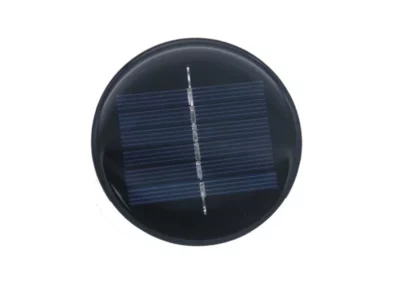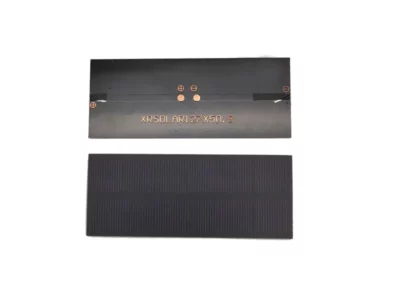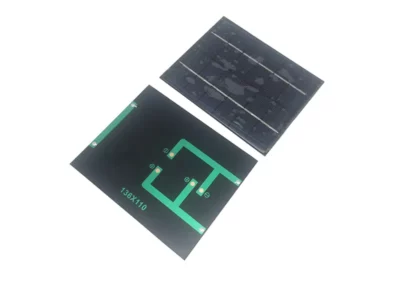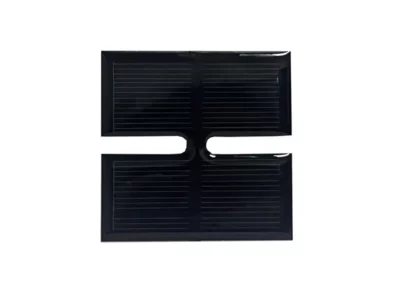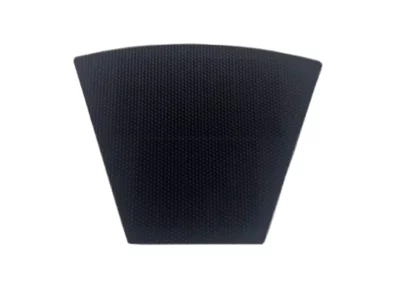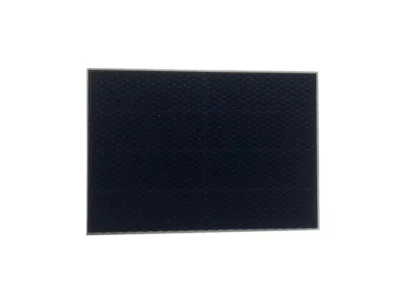XRSOLAR custom solar module OEM Manufacturer
XRSolar is a one-stop-shop for all of your Custom solar module needs. We have over 10 years of experience designing and manufacturing specialized products, like custom ETFE/PET/ Glass/Epoxy Solar panel that can’t be found anywhere else!
We are your OEM partner; we offer design, prototyping, manufacturing, and door-to-door delivery. Our top priority is to provide solutions that meet your needs.
Custom Solar Module Specialists at XRSOLAR
XRSOLAR designs and manufactures custom, high-quality solar power panels. The custom small solar panels for a wide range of industrial applications including transportation, agriculture, parking, and environmental monitoring. We work with you to understand your dimensional and power requirements, translate those into technical drawings, test for performance within your design, and manage the supply chain and import process.
Different type of custom small solar panel
Small solar panels – Epoxy resin: solar Panel is cheapest, short life. The surface glue will turn yellow use long time. Lower UV resistant.
Small Solar Panels – PET : Solar Panel will be inexpensive, but we don’t recommend this coating for most industrial applications as it tends to have a relatively short lifetime. Lower UV resistant.
Small Solar Panels – ETEF : Economical, waterproof and UV resistant. Solar cells are attached to the substrate and then laminated under heat and pressure by EVA and ETFE. With high-quality materials (there is a difference in the production quality of ETFE and EVA), our ETFE solar panels have an expected life of 7+ years outside.
Glass solar panels: Great UV resistance and combined with a frame, a glass panel can have the longest lifetime. Glass panels are the heaviest on a per Watt basis.
How to choose custom solar module
Selecting the right custom solar panel for your project can be challenging given the numerous options available.
Custom sizes and shapes can fit unique installation spaces. And match the electrical specifications to your system requirements. Choose the appropriate thickness for structural and aesthetic needs.
Each material has its own advantages:
PET Panels: Ideal for cost-sensitive projects needing flexibility.
ETFE Panels: Suitable for projects requiring high durability and UV resistance.
Glass Panels: Best for permanent installations with a focus on aesthetics and longevity.
NOT JUST Roofs, SMALL Solar Panel where
Small Solar Panels, Big Power for Outdoor Freedom.
How to Design Custom Solar Panel
Sometimes, off-the-shelf solar panels don’t fit your project. That’s when customization comes into play.
You can customize small solar panels by specifying size, voltage, material, and connectors. Tailored panels enhance performance for specific applications
Step 1: Define Your Power Requirements
This is the most crucial first step. You need to know exactly how much power your device or system consumes.
- Determine Voltage (V): What voltage does your device operate at or what voltage do you need to charge your battery (e.g., 5V for USB devices, 12V for many off-grid systems, 3.7V for single Li-ion cells)?
- Determine Current (A) or Wattage (W):
- Wattage (W): If your device lists wattage, that’s your direct power consumption.
- Amperage (A): If it lists amperage, multiply by voltage to get wattage (P = V * I).
- Daily Energy Consumption (Wh or Ah): Calculate how much energy your device uses over a 24-hour period. For example, if a 12V device draws 0.5A for 10 hours a day, it consumes 12V * 0.5A * 10h = 60Wh/day.
- Consider Peak vs. Average Load: Some devices have higher start-up (surge) currents or varying consumption. Your panel should ideally meet the peak demand or be paired with a battery that can handle it.
- Hours of Sunlight: Research the average peak sun hours (PSH) for your location. This is the equivalent number of hours per day when sunlight intensity is 1000 W/m². This will impact how many solar cells you need to generate your required daily energy.
Step 2: Choose Your Solar Cells
The heart of your custom panel. Solar cells are typically monocrystalline or polycrystalline or back contact Solar cell (BC Solar cell)
- Cell Voltage: Individual solar cells usually produce around 0.5V – 0.6V (monocrystalline) or slightly less (polycrystalline). Higher efficiency cells (like back-contact cells) might produce closer to 0.58-0.59V.
- Cell Current/Wattage: Solar cells come in various sizes, with larger cells producing more current and thus more wattage.
- Cell Type:
- Monocrystalline: Generally higher efficiency (18-22% typically, some even higher), more expensive, performs better in low light, black/uniform appearance.
- Polycrystalline: Slightly lower efficiency (15-18% typically), more affordable, blue/marbled appearance.
- BC Solar cell: Higher Efficiency(22-25%), BC solar panels have a very sleek, all-black appearance; Enhanced Performance in Partial Shading.
Step 3: Calculate the Number of Cells Needed
This determines the overall size and power output of your panel.
- For Voltage (Series Connection): To achieve your desired voltage, connect cells in series. Divide your target voltage by the voltage of a single cell.
- Example: For a 12V panel using 0.5V cells, you need 12V / 0.5V = 24 cells in series. (Note: You often aim for a slightly higher voltage, like 18V for a 12V battery charging, to ensure charging even in less than ideal sun).
- For Current/Wattage (Parallel Connection & Overall Size): Once you have the series strings for voltage, you might connect multiple strings in parallel to increase current and overall wattage.
- Example: If one string of 24 cells produces 1A, and you need 2A, you’d make two such strings and connect them in parallel.
- Alternatively, calculate total desired wattage and divide by the wattage of a single cell to get the total number of cells. Then arrange them into series strings as needed.
Step4: Coating Materialsolar panel – To protect the cells from moisture, dust, and physical damage.
- Glass: Common for professional panels, offers excellent protection and lifespan, but is heavy and requires careful sealing.
- Epoxy Resin: Poured over the cells, creates a durable, waterproof seal. Good for smaller, custom shapes. (Ensure it’s UV resistant).
- ETFE (Ethylene Tetrafluoroethylene) Film: A durable, UV-resistant, flexible film often used for lightweight or flexible panels.
- Frame (Optional but Recommended): Provides structural rigidity and protects the edges of the encapsulation. Can be made from aluminum, wood, or plastic.
- Junction Box (Optional): A small, weatherproof box on the back of the panel to house the blocking diode and output terminals, providing a tidy and protected connection point.
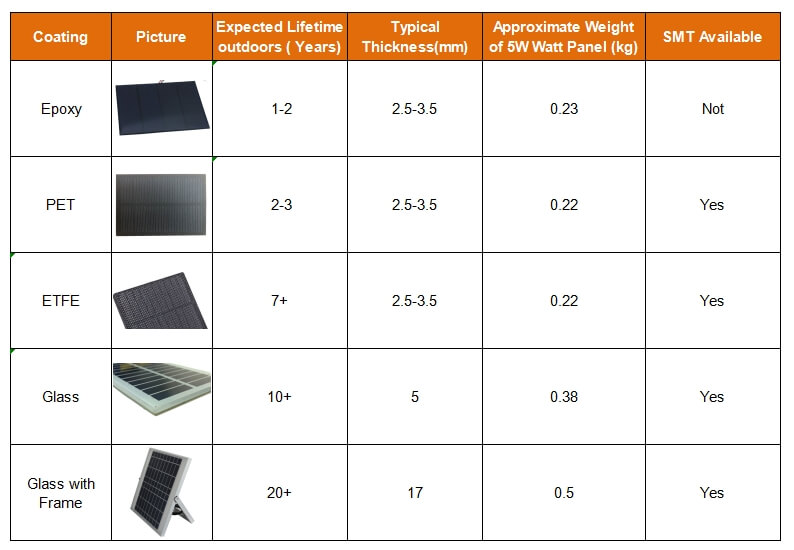
FAQ- customized solar panel
Q1: What exactly is a small solar panel?
A: “Small” generally refers to solar panels with a power output ranging from under 1 watt up to around 50 or 100 watts. These panels are typically compact, lightweight, and designed for portable or low-power applications, unlike the larger panels used for residential or commercial grid-tied systems.
Q2 :What can I power with a small solar panel?
A: Small solar panels are ideal for charging or powering:
- Smartphones, tablets, and other small electronic devices.
- LED lights (camping lights, garden lights, security lights).
- Portable power banks and battery packs.
- Sensors and IoT devices (weather stations, animal trackers, smart home devices).
- Small pumps for fountains or aquariums.
- Vessel Monitoring Systems (VMS) and other marine electronics.
- DIY projects and educational kits.
- Trail cameras.
Q3: How do I choose the right size small solar panel?
A: Consider the following:
- Device power consumption: Check the voltage and amperage (or wattage) of the device you want to power.
- Operating hours: How long do you need the device to run daily?
- Sunlight hours: How many hours of effective sunlight will your panel receive per day in its intended location?
- Battery capacity: The panel should be able to recharge your battery within a reasonable timeframe.
As a general rule, calculate your device’s daily energy consumption (Wh or Ah) and choose a panel that can generate at least 1.5 to 2 times that amount, accounting for inefficiencies and varying sunlight.
Q4: Do I need a battery with my small solar panel?
A: In most cases, yes. A small solar panel’s output can fluctuate based on sunlight, and it doesn’t generate power at night. A battery stores the energy collected by the panel, providing a stable and continuous power supply to your device, even when the sun isn’t shining.
Q5: What kind of battery should I use with a small solar panel?
A: The best battery type depends on your specific needs:
- Lithium-ion (Li-ion): Lightweight, high energy density, good for portable applications, but can be more expensive.
- Lithium Iron Phosphate (LiFePO4): Excellent lifespan, safer than traditional Li-ion, good for deep cycling, but can be heavier.
- Sealed Lead-Acid (SLA) / AGM: More affordable, robust, but heavier and generally have a shorter cycle life than lithium batteries.
Always choose a battery with a suitable voltage (e.g., 3.7V, 5V, 12V) that matches your device and panel.
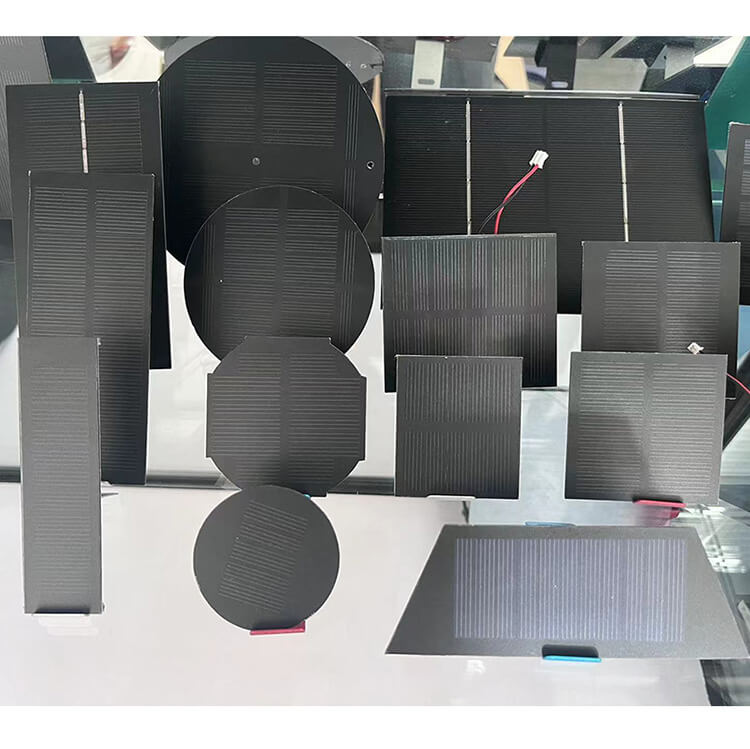
About us

Founded in 2006 in Ningbo, Zhejiang, China. Ningbo XRSOLAR is a technology startup specializing in innovative, convenient, eco friendly solar products.
We have 10+ years’ experience specializing in CUSTOMIZED solar panel, portable solar energy bag, semi-flexible solar panel and solar lights with high quality and moderate price.
All solar panels could provide CE&ROHS certification.
OEM&ODEM service acceptable for our customers.

